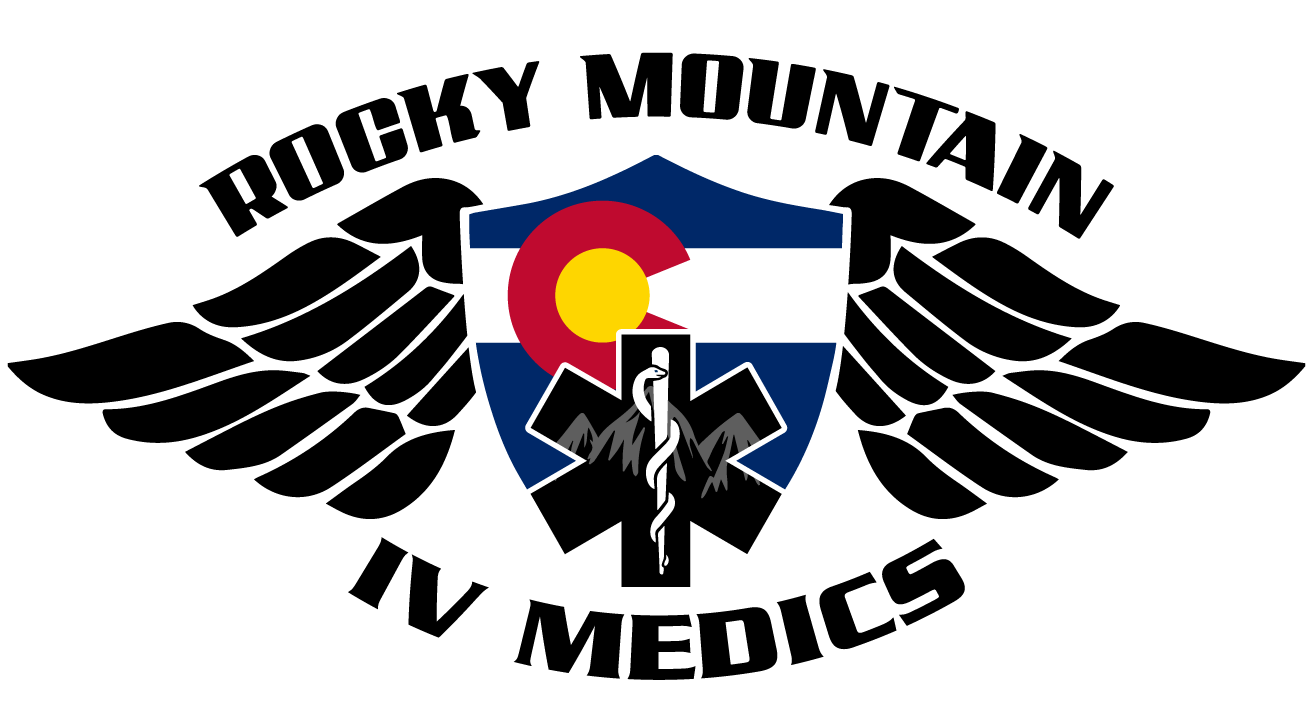Zofran Benefits: Your Guide to Fast Nausea Relief

Glutathione for Athletes: Boost Performance & Recovery
March 28, 2023
Zofran for Hangovers: Does It Really Work?
June 26, 2023Zofran Benefits: Your Guide to Fast Nausea Relief

Table of Contents
No one in the history of the world has ever enjoyed the queasy, uncomfortable feeling of nausea. Unfortunately, nausea can strike for a variety of reasons, from post-operative tummy troubles to morning sickness or chemotherapy. One of the most common medications used to treat nausea is Zofran, known generically as ondansetron. If you’ve been suffering from nausea and vomiting, it might be time to try Zofran. But first, you might be wondering “What is Zofran?” You might also want to know about Zofran side effects and how Zofran works.
In this article, we’ll break down this popular medication and explain what Zofran is used for, how to take Zofran, and more.
What Is Zofran?
What does Zofran actually do? Good question. Zofran is known as a serotonin 5-HT3 antagonist. In plain English, that means it blocks a natural chemical in the body called serotonin. Serotonin plays a lot of different roles in the body and is involved in things like your mood, sleep cycle, wound healing, and bone health. More importantly for this context, serotonin also affects digestion and nausea. When serotonin is blocked, it can relieve symptoms of nausea and vomiting, which is what makes Zofran so successful.
Zofran was first developed by the drugmaker GlaxoSmithKline and approved by the FDA in 1991 specifically to help prevent nausea and vomiting from chemotherapy, radiation therapy, and surgery. Since that time, Zofran has also been used to provide nausea and vomiting relief in a variety of other scenarios.

What Are the Benefits of Zofran?
When it comes to finding relief from nausea and vomiting, you have choices. You can pick up a variety of over-the-counter medication or even try some good old-fashioned crackers and ginger ale. What makes Zofran so special?
Zofran is a powerful prescription drug that often provides measurable relief, especially for individuals who experience nausea and/or vomiting on a regular basis. What is Zofran used for most commonly? That would be:
- Chemotherapy relief
- Post-surgery relief
- Morning sickness relief
- Migraine relief
Another big benefit of Zofran is that it is relatively cost-effective, especially when the alternative is to spend hours hovering near the bathroom. Let’s take a closer look at each of these big benefits.
1. Provides Nausea Relief During Chemotherapy and Radiation Treatment
As many as 80% of cancer patients going through chemotherapy will experience nausea as a result of their treatment. Though radiation and chemotherapy are a critical part of many cancer treatments, they can devastate the body. Zofran was originally developed specifically to help relieve nausea and vomiting for cancer patients and has been used for this purpose for over 30 years.
2. Post-Surgery Relief from Nausea
It’s so common to feel queasy and sick after waking up from surgery, there’s actually a name for it: postoperative nausea and vomiting (PONV). This condition is often a direct effect of anesthesia but can also be caused by pain and pain medications. PONV is so common, that roughly 50% of patients experience nausea after surgery and 30% of patients experience vomiting.
Zofran has been used successfully to combat PONV.
3. Morning Sickness Relief
As many as 7 in 10 pregnant women will experience morning sickness during their pregnancy. Though it often fades after the first trimester of pregnancy, some women experience nausea and vomiting throughout their entire pregnancy. A small number of women endure severe morning sickness, a condition known as hyperemesis gravidarum.
Though Zofran is not FDA-approved to treat morning sickness, many doctors prescribe it to pregnant women to help them with morning sickness symptoms. If you are experiencing morning sickness, always check with your OBGYN before taking any medications, including Zofran.

4. Migraine Relief
Nausea and vomiting are very common symptoms of migraines, with between 50% and 60% of migraine sufferers vomiting during a migraine attack. While migraines are a neurological disorder, they also cause the digestive system to dramatically slow. This may help explain why so many migraines cause stomach issues, including nausea and vomiting.
Many migraine sufferers find relief from their nausea by using Zofran.
5. Cost Effective
When your stomach is queasy with nausea, you would likely pay nearly anything to get rid of the feeling. One of the biggest benefits of Zofran is that it’s extremely affordable.
At Rocky Mountain IV, we offer Zofran as an add-in ingredient in our IVs. (Note, add-ins are added to the full cost of the IV.)
Side Effects of Zofran
Is Zofran safe? That’s an important question. The good news is that the answer is, generally, yes. Zofran is usually well-tolerated and has few serious side effects. According to the manufacturer, the most common Zofran side effects are
- Diarrhea
- Constipation
- Drowsiness
- Fatigue
Choose Rocky Mountain IV for a Zofran IV
You can choose to take Zofran as a pill or liquid, but you might also want to take it as an IV. At Rocky Mountain IV, we can add Zofran to a saline solution and give you the medication through an IV. What’s the benefit of a Zofran IV? First, an IV allows you to absorb Zofran directly into your bloodstream, this can mean faster relief compared with taking an oral pill that needs to be absorbed through your digestive system.
Second, if you are feeling nauseous or vomiting, you may have trouble keeping down a pill or liquid solution. An IV will allow you to get the full benefit of Zofran.
Third, vomiting often leads to dehydration and can throw off your body’s electrolyte balance, causing you to feel even worse. In serious scenarios, dehydration can lead to dangerous complications or cause you to be hospitalized. An IV provides you with hydrating saline and electrolytes along with your Zofran.
Finally, at Rocky Mountain IV, we offer a range of IV treatments that can provide you with vitamins, minerals, and medications in addition to Zofran. If you’ve had difficulty eating a nutritious diet due to nausea and vomiting, our IVs can help you avoid vitamin deficiencies. Take a look at our pricing packages and all the locations we serve.
Ready to try a Zofran IV? Our team can’t wait to meet you. Schedule online today.


Zofran FAQs
Zofran is most commonly taken as an oral tablet or a liquid solution. Your doctor can prescribe the right dosage for your needs. Another option that is growing in popularity is to take Zofran through an IV.
Many doctors prescribe Zofran for pregnant women suffering from morning sickness. However, always talk to your doctor before taking medications while pregnant.
Zofran is known to help relieve nausea and vomiting from a number of causes. Zofran is a serotonin 5-HT3 receptor antagonist, meaning it blocks serotonin in the body. Serotonin is a chemical in the body that plays a role in causing nausea and vomiting.
Zofran is most commonly used to alleviate nausea and vomiting from: Chemotherapy, Radiation therapy, Surgery, Migraines, and Morning Sickness

